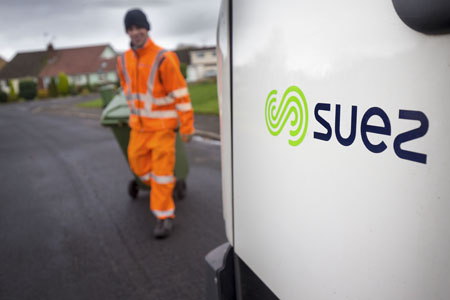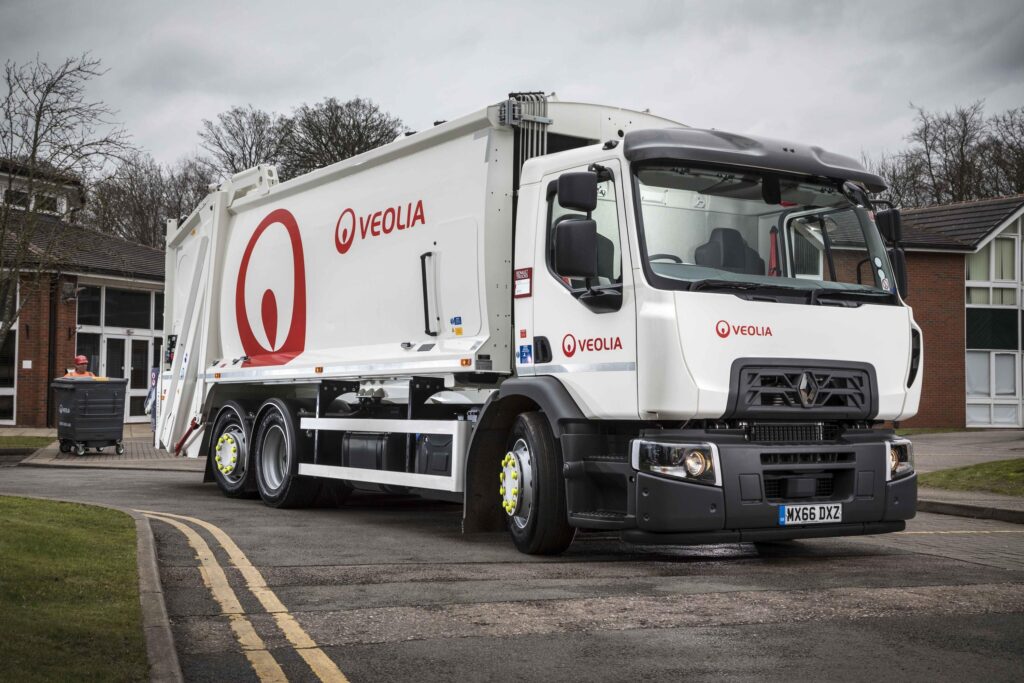In Future Perfect, the analogy of the Yellow Brick Road – in deference to Walt Disney – is used as the route to successful delivery of a sustainable and integrated waste strategy for the UK.
The concept is developed in what is the fifth of a series of books produced by Biffa Waste Services, inspired by the analysis and research work driven by the waste management company’s development director, Peter Jones.
Running to 105 pages, this latest book – published on October 21 2002, is also available on the company’s website at www.biffa.co.uk
Route map
In the forward to the book, Martin Bettington, Biffa managing director, notes that Future Perfect “provides a possible route map which charts how our world might be – operationally and financially for waste management in 2020. It is designed to present a robust message to government – emphasising that more strategic approaches are long overdue.”
The book has three key stages: one is a look at the different ways waste could be handled between now and the year 2020; then it looks at what Mr Jones terms the “blockages” which both aid and hinder the achievement of solutions; and thirdly the importance of waste to industry and the public.
The Options
According to Future Perfect, option one of high recycling and high landfill is the cheapest but more likely only to be a transition phase. This is on the basis that the Landfill Directive and financial liability requirements and questions about the sustainability of landfill will all lead to a contraction of capacity of landfill.
Option two of high recycling and high energy from waste is the second most expensive but seen by Biffa as “the most commercial realistic” given future probable trends in the value of recovered materials and renewable energy, either in response to possible resource taxation or to hardening real prices offered from tradable permits, especially on energy.
High composting with high recycling – option three – is the most expensive and also raises big questions about the ability of the planning system to cope with necessary growth in the number of plants. Biffa estimate that if this approach was adopted each of the 360 large landfill sites – handling today an average of 300,000 tonnes per annum (tpa) will need to be replaced by between 5 and 10 energy composting or recycling facilities.
Option four is high energy recovery and high composting, a route which could be followed if the waste industry was to handle large volumes of agricultural and forestry waste.
Isle of Wight
All the options are examined in great detail in appendix one of the book. The message is clear, doing nothing is not an option and landfill will have a reduced role in the future. The book shies away from spelling out the option to be pursued but does note that high recycling and high energy are the most commercially viable. The Isle of Wight, where Biffa has an integrated waste management contract which includes an incinerator, is given as a case study.
Continued on page 2
FEEDBACK
letsrecycle.com welcomes your feedback on the points raised in the Biffa book. Please email us your thoughts at e-mail: futureperfect@letsrecycle.com and we will summarise them later this week, or visit the debate at
clubrecycle.











Subscribe for free